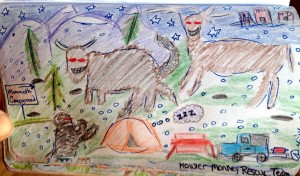Georgia sounds like the absolute last place on earth that gorillas would be living in the wild. But there they were, roaming around on a couple hundred acres in the mountains of northern Georgia.

Over a decade ago, a software engineer decided to switch gears, follow his passion, and build a gorilla sanctuary. His name is Steuart Dewar, and he made a good chunk of his gorilla-funding fortune developing a calendar application for the Palm mobile operating system. After some other land deals fell through, one worked out – a plot near Blue Ridge and Morgantown in the rolling mountains of northern Georgia.

Dewar’s goal was to build a facility to care for gorillas that couldn’t otherwise be kept at zoos because of their medical or social issues. He built 14-foot concrete walls that enclose about eight acres of green space and indoor enclosure spaces for them to sleep at night. By enlisting the help of well-regarded veterinary facilities and veterinary professionals, the sanctuary earned the approval of the Association of Zoos and Aquariums.
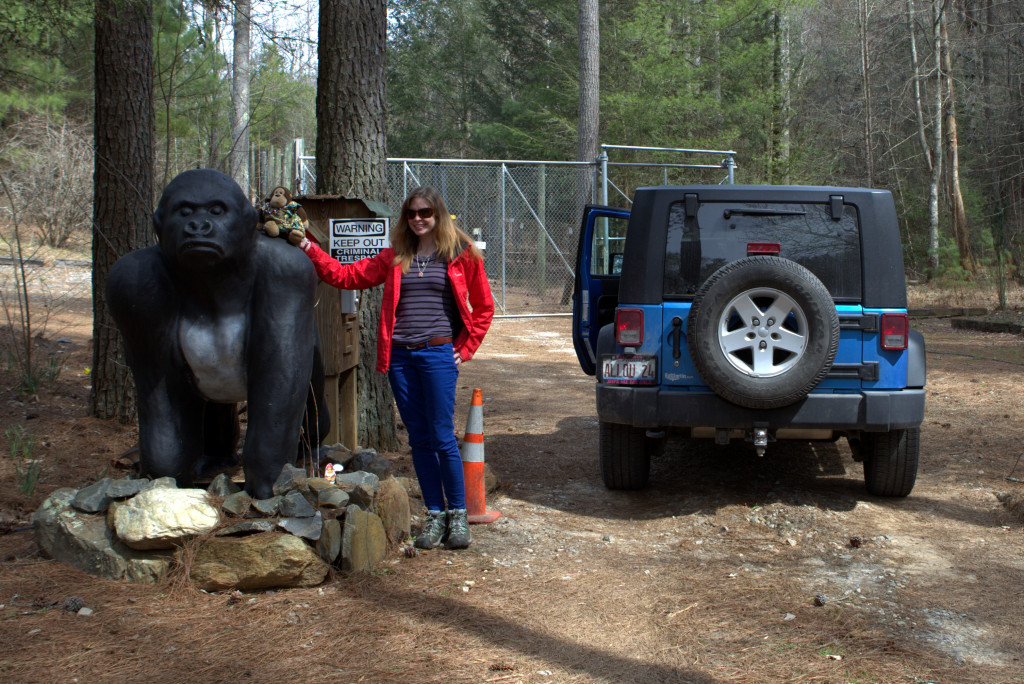
When I arrived at the gorilla sanctuary for my scheduled tour, I unknowingly expected to find lots of gorillas living behind these fences. So you can imagine my surprise when I discovered that only TWO gorillas lived on site. The current residents are Kidogo and Jasiri, and they’re both about 15 years old.
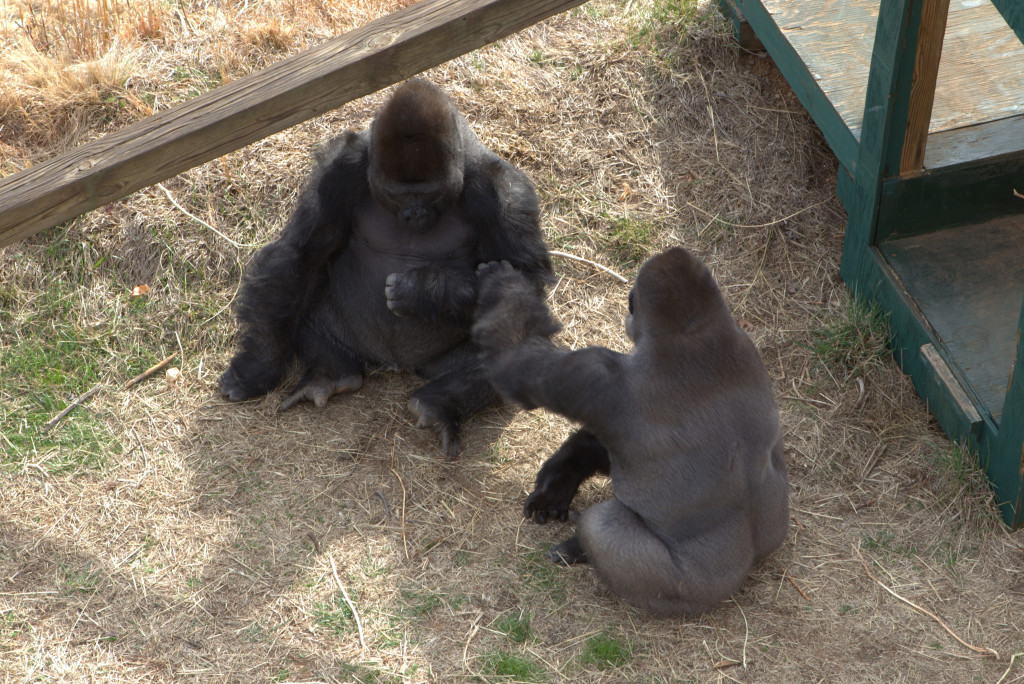
A former resident, Joe, arrived at the Dewar Wildlife Trust (DWT) in 2003. In July 2012, Joe had to be euthanized “at the conclusion of an emergency immobilization following a recent marked decline in his health along with ongoing chronic health conditions that included advanced periodontal and cardiac disease.” Although Joe was born in the wild in Cameroon in 1963, he was captured and contained in a series of zoos in Birmingham, Denver, and Brownsville, Texas.

DWT took on a gorilla named Oliver in 2006, but he was later moved to Ohio to live in the Columbus Zoo and father his first child. Kidogo and Jasiri, the third and fourth residents, both arrived at the facility from Zoo Atlanta in March 2012 after causing a ruckus and fighting with younger gorillas in designated bachelor groups.
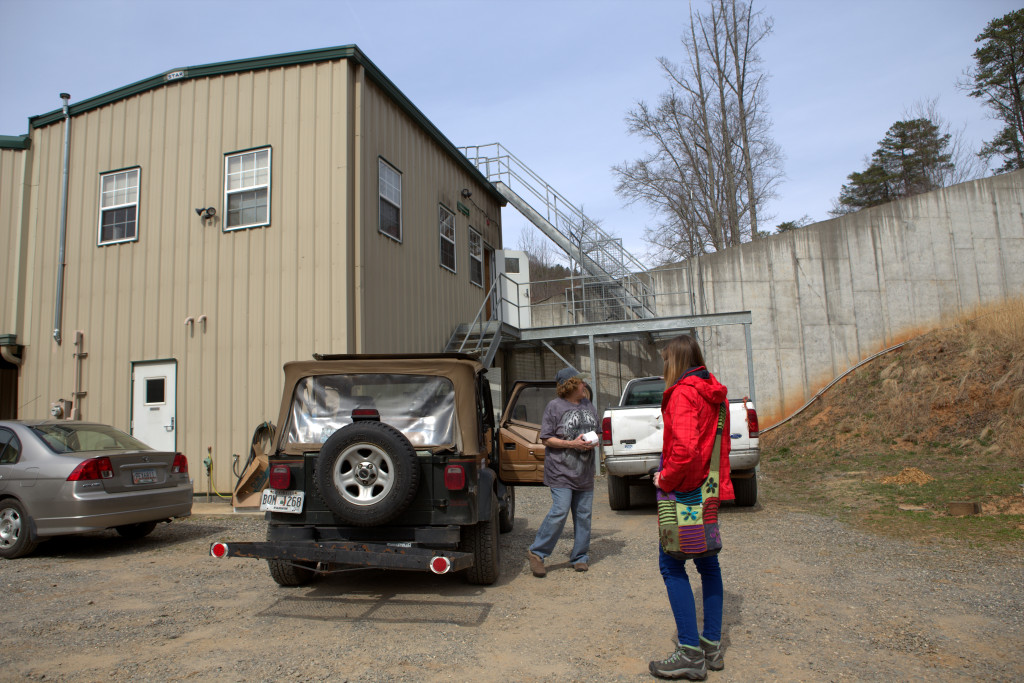
This nonprofit organization isn’t technically open to the public, but they still offer tours and host school groups. To get in touch, I contacted Steuart’s wife, JoBeth Dewar, by calling 706-374-5109. You can also email her at [email protected]. Keep trying and leave messages if you don’t get a quick response.

These gorillas are tucked away in the absolute middle of nowhere, and your vehicle had better have four-wheel drive if you’ve booked a tour. Steuart and JoBeth don’t advertise the GPS location of the sanctuary until your tour is on the calendar because they’re afraid of high school kids sneaking in to mess with the gorillas. To respect their privacy, I’ll just say that the roads to reach DWT are dusty, windy, hilly, narrow, and a bit treacherous. There is absolutely no signage along the way to let you know you’re on the right track.
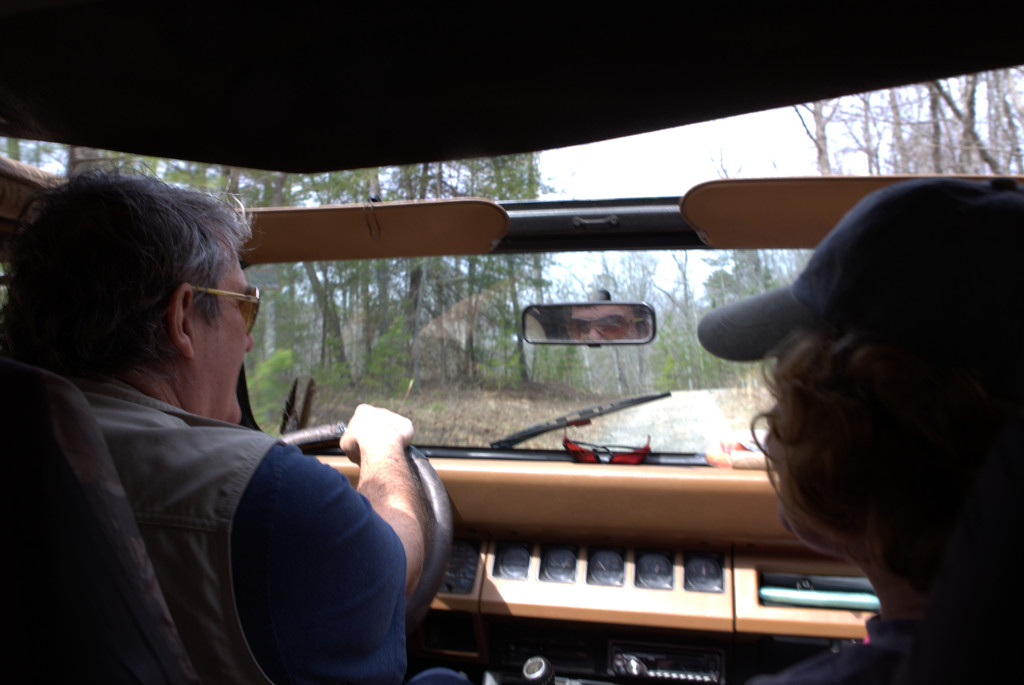
After rerouting my Jeep a couple times, I called JoBeth to let her know that I had arrived for the tour. Apparently, my boyfriend and I were the only ones scheduled for this tour, which worked out well since the drive from Pigeon Forge, Tennessee took longer than expected.
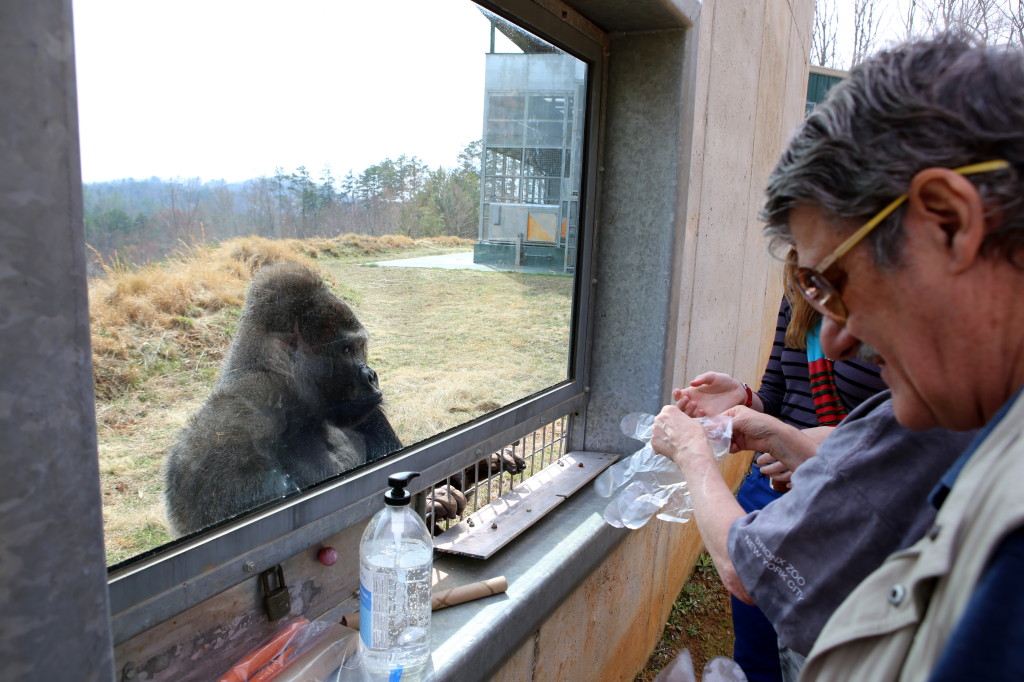
JoBeth and Steuart pulled up in a (much older and rugged) Jeep of their own and told us to hop in. They took us to the front office, which was unassuming and featured little more than a small TV set and a decade-old laptop. Steuart shared a PowerPoint side presentation with us about how he started DWT and the gorillas that had lived here. Then we hopped back in the Jeep to meet Kidogo and Jasiri.
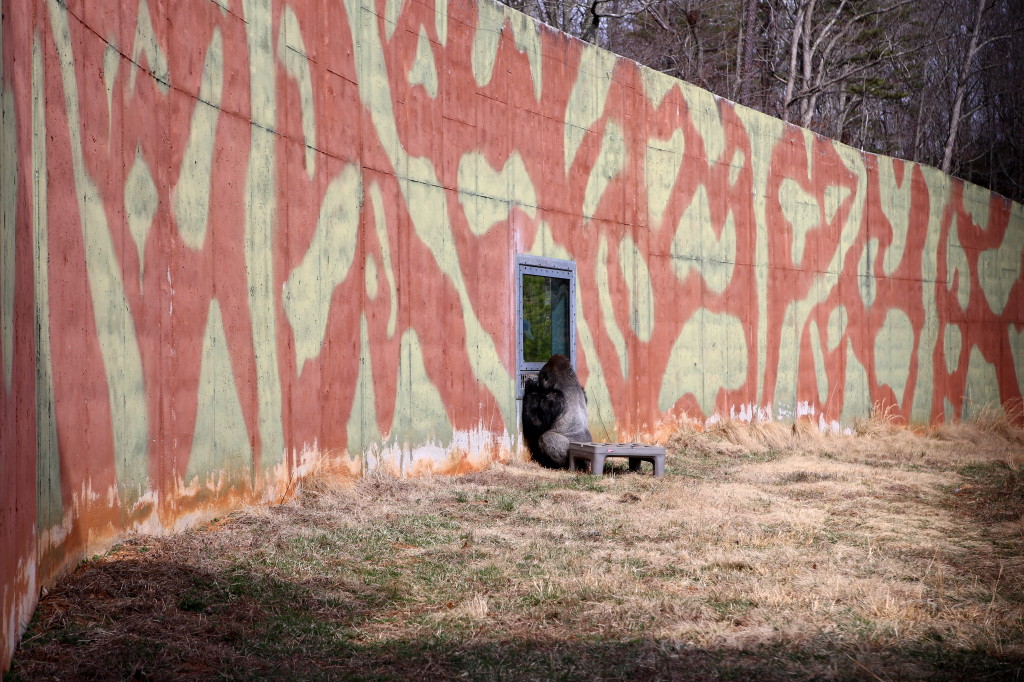
Although Kidogo and Jasiri live behind a large concrete wall with a ton of open space, they stay in one place. JoBeth and Steuart brought a bag of apples and grapes to let us feed the gorillas between metal bars beneath windows in the concrete enclosure. Given their sheer size and power, I was surprised at how gentle the gorillas took food from our hands.
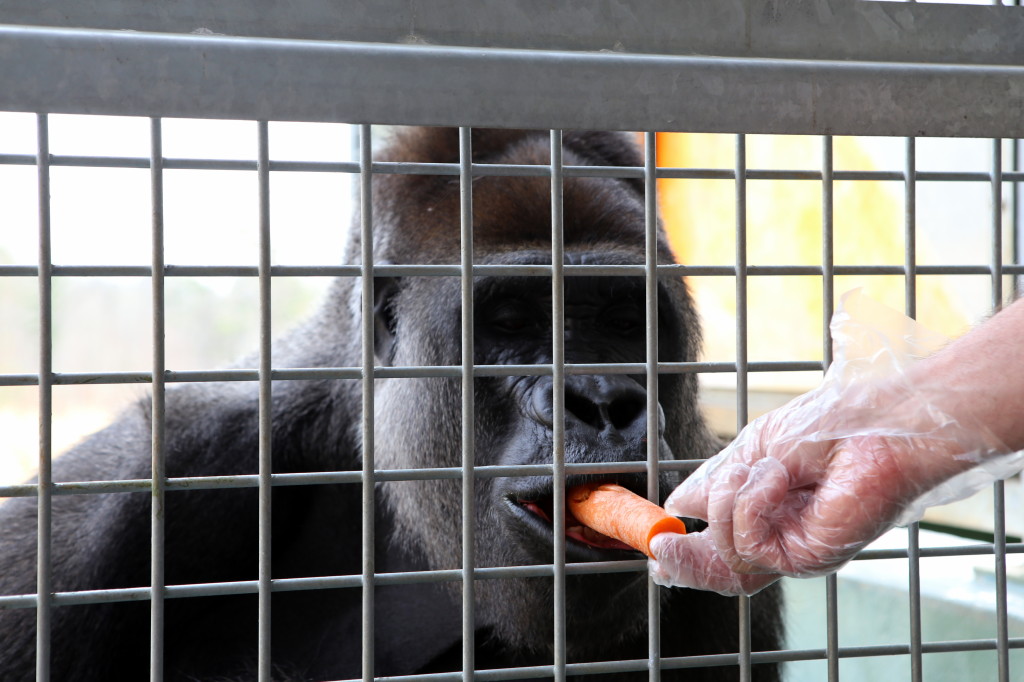
Oh by the way, gorillas smell absolutely terrible. Apparently baths aren’t part of a gorilla sanctuary care regimen.
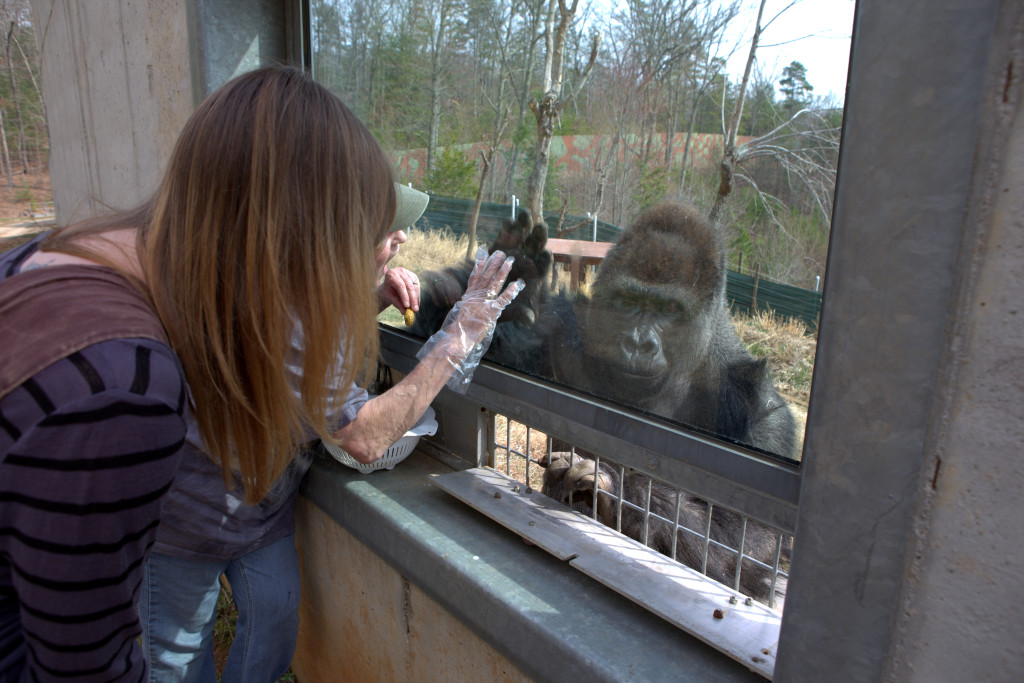
Now you need to understand that my boyfriend and I aren’t just casual wildlife observers. We’re really into primates, having recently visited the Chimp Haven Sanctuary in Keithville, Louisiana, supporting the Born Free Primate Sanctuary in rural Texas, and watching every documentary out there. So we had a ton of questions about caring for the gorillas, and Steuart and JoBeth did an excellent job of answering all of them.
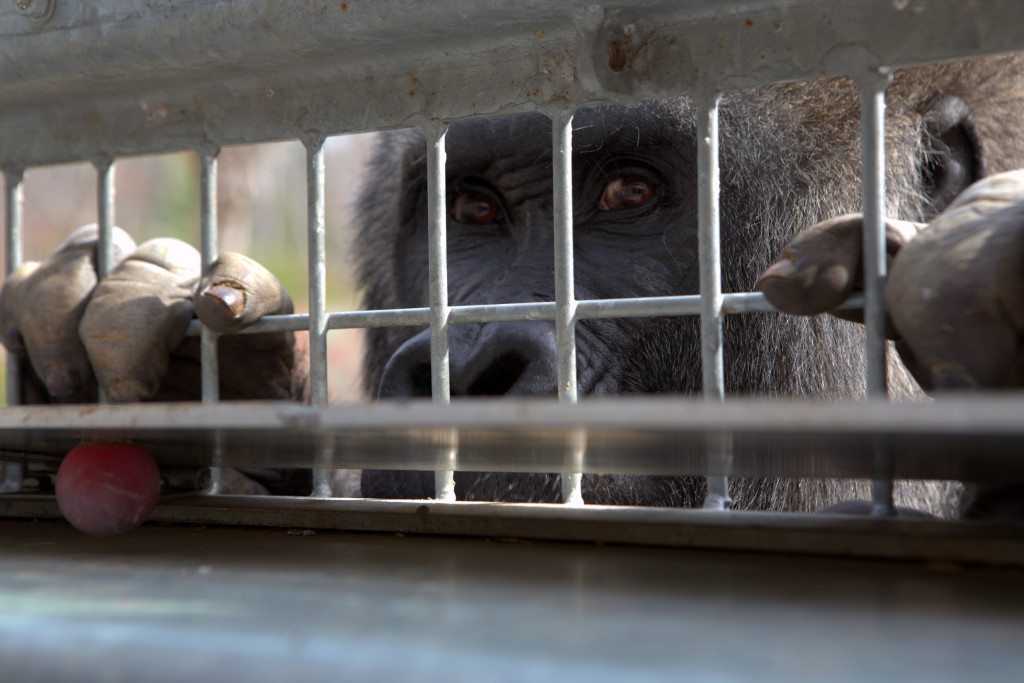
At times, the sanctuary area made me feel like I was the one in the cage, while the gorillas roamed “free” in open space. To my relief, they don’t seem the least bit crowded and they get along marvelously. We watched Kidogo and Jasiri tease each other, play-fight, and even grope each other a bit. I suppose it gets boring without having any female gorillas around to play with.

After feeding time, the couple took us to the upper “observation deck” area to watch the gorillas interact without our intrusion. Then we went down to the nighttime enclosure space, which has large cages, hammocks, and a few toys.
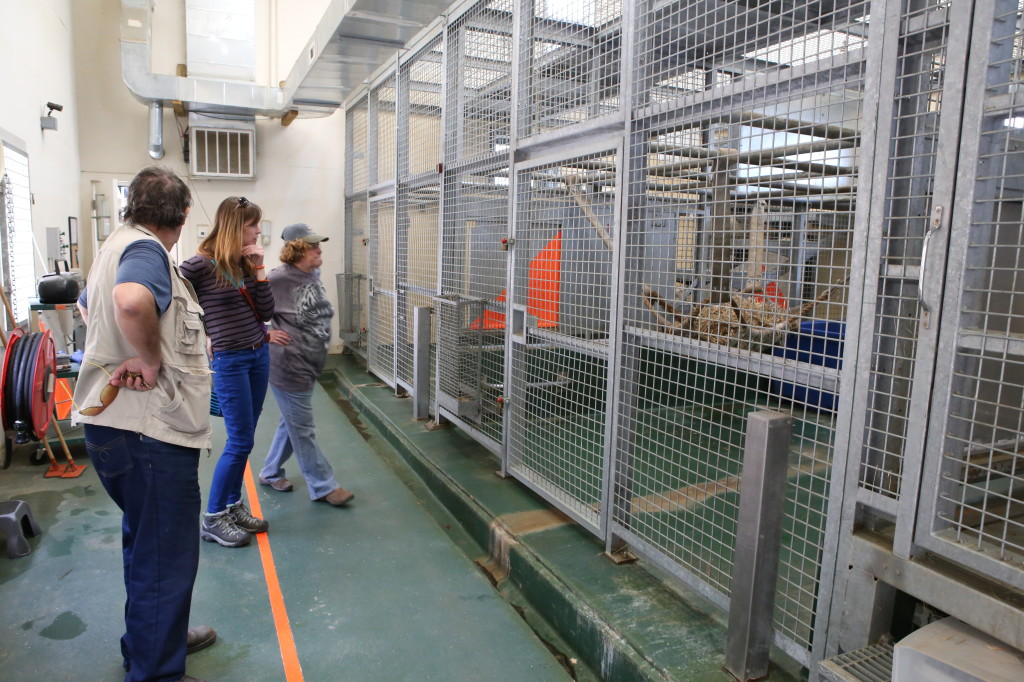
We also got to see the veterinary hospital room, with its large operating table and medical equipment. Both gorillas recently underwent routine cardiac ultrasound exams to test them for cardiac disease, which is the #1 cause of death for gorillas living in captivity.

According to The Atlanta Journal-Constitution, Zoo Atlanta pays for two full-time curators, Horton and Bobby Fellows, to care for the 14-year-old gorillas, both of which remain property of the zoo. The zoo also supplies other in-kind support, including gorilla chow. Apparently, Zoo Atlanta remains interested in working with DWT to find solutions for some of their 21 male gorillas who don’t assimilate well with groups in the zoo’s small 3-acre space. The Dewars don’t live on site, but rather travel back and forth from Texas in their live-in RV for tours and other gorilla business.
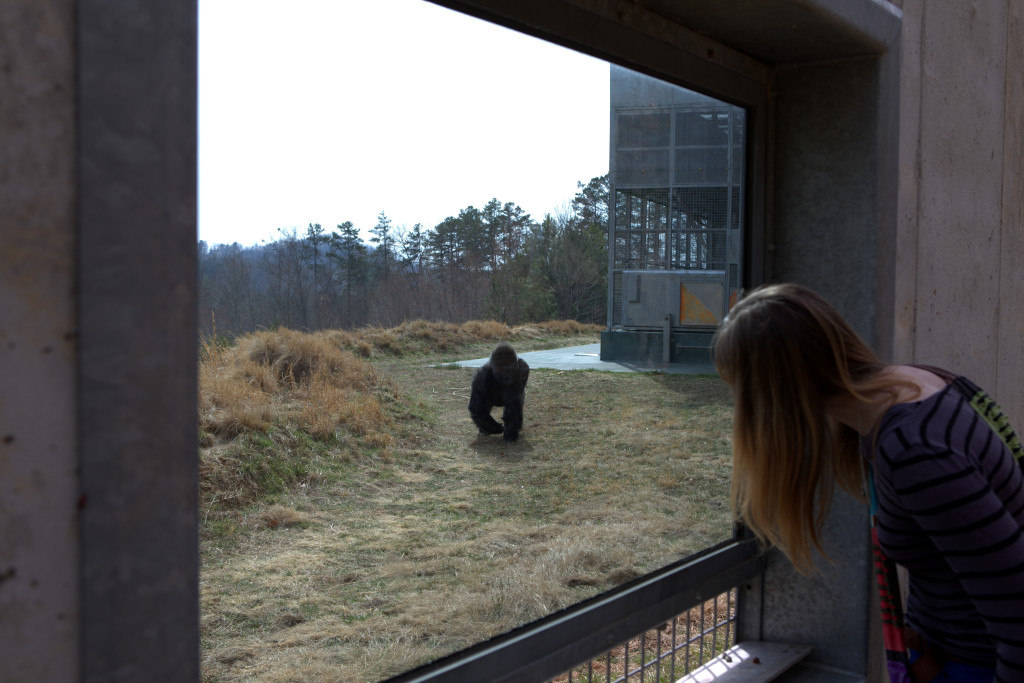
After it was all said and done, the Dewars spent a couple hours with us and really seemed to enjoy working with “the boys,” as they call the gorillas. Group tours cost $39 per adult and $19 per child, usually start at 1:00 pm, and last for 2-3 hours. These group tours are scheduled on select Saturdays from May through September, otherwise you’ll be paying $495 for a private tour scheduled at a date of your choosing.
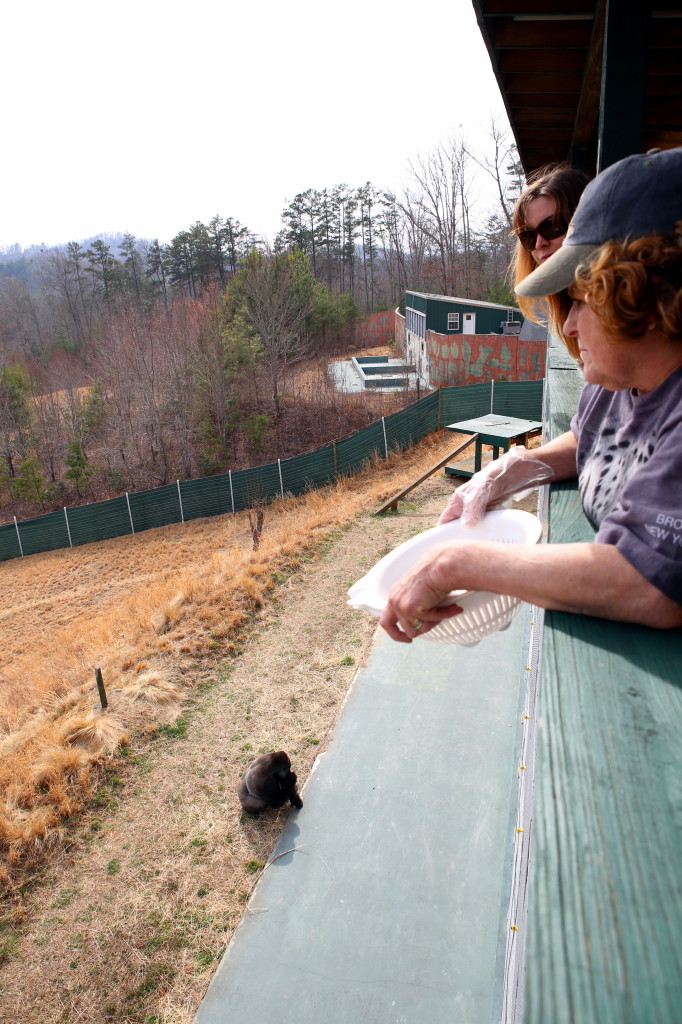
Aside from the small number of gorillas living onsite, two other things surprised me. There is a ton of underutilized space at DWT that has never been built out. Steuart indicated that maybe someday they would be able to take on other types of animals and use the vacant buildings and land spaces for unrelated conservation use. But for now, the buildings are empty and the construction materials lie in stacks.

Finally, there is a thrift shop onsite. A full-blown thrift shop with dusty furniture, lamps, and knickknacks – I’m not even kidding. After JoBeth sold her six-bedroom home to live a gorilla-filled life on the road with Steuart, she had a lot of extra stuff at her disposal. Every DWT tour ends at the thrift shop in case you’d like to buy anything or make a tax-deductible donation of your own unwanted junk. All for the sake of fundraising!
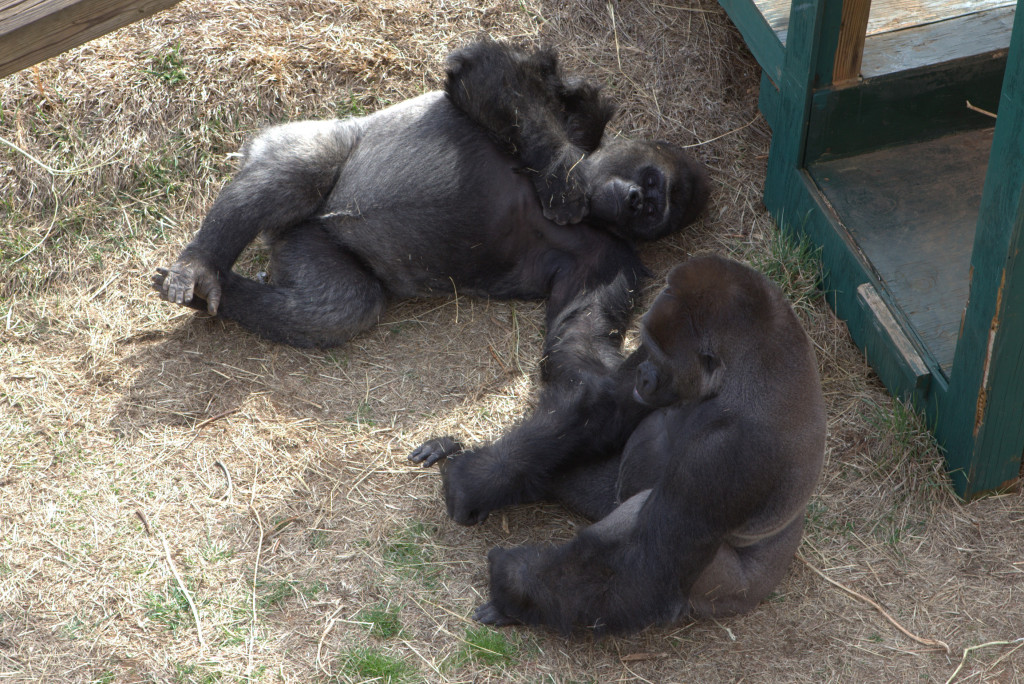
I must say that I absolutely loved spending a Saturday afternoon with Steuart and JoBeth, who were some of the most interesting characters I’ve met in a very long time. Although the need for a gorilla sanctuary isn’t incredibly great, there is still is a need. As someone who has come to hate everything that zoos stand for, I think DWT is making the best of these gorillas’ situations and helping them live out their adult lives more peacefully.
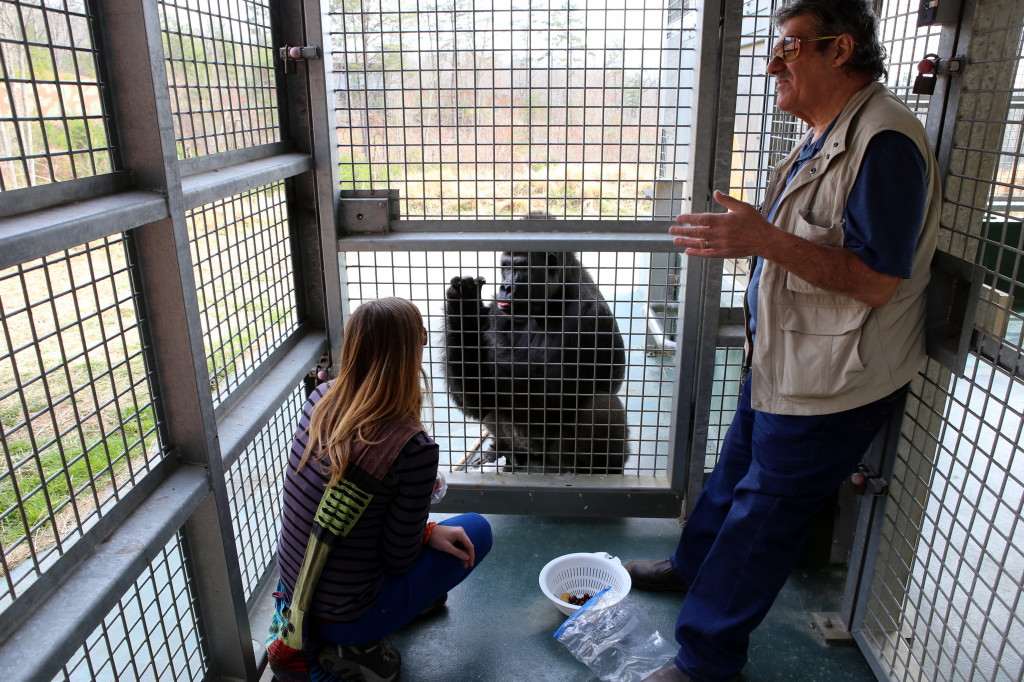
Kidogo and Jasiri were sweeter, calmer, and more playful than I would have ever expected them to be after all they’ve been through. DWT has a Facebook page, however, most of the updates are about general animal conservation topics rather than what Kidogo and Jasiri are up to. But I still check in every now and then to see what shenanigans these teenage gorillas might be getting into. And I wish them both the very best!
For more information on visiting Dewar Wildlife Trust, visit Steuart and JoBeth’s tour page: http://www.dewarwildlife.org/tours.htm and register online.

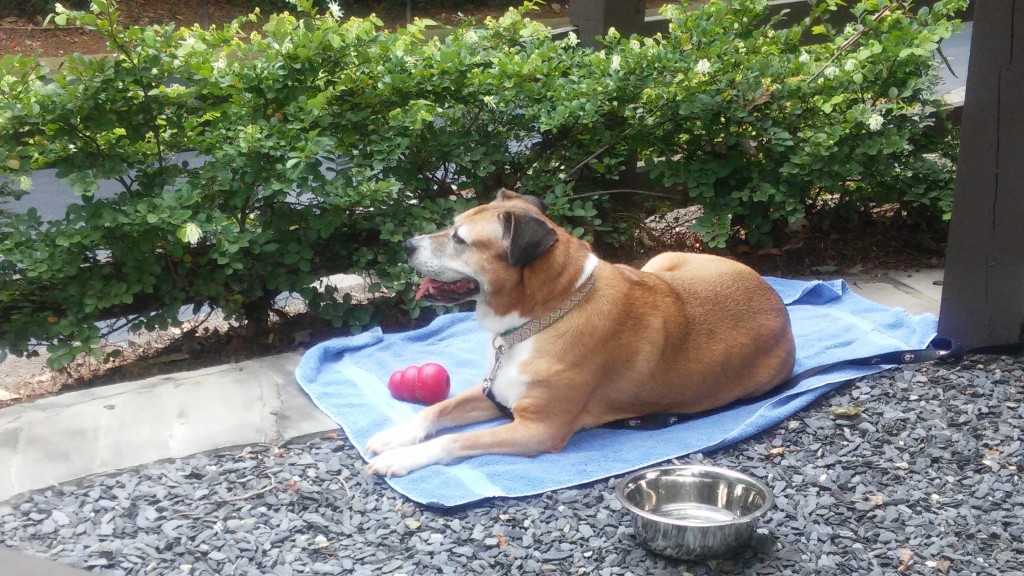
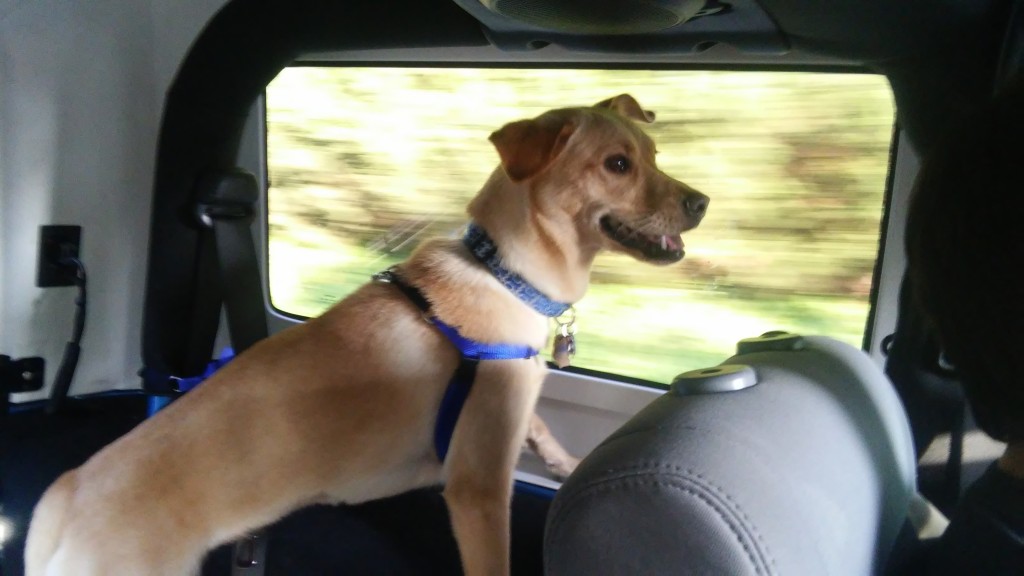

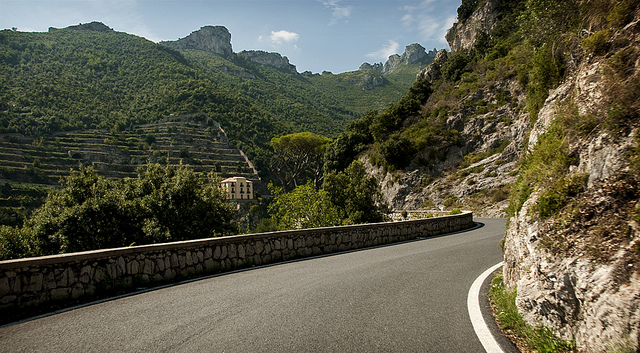





















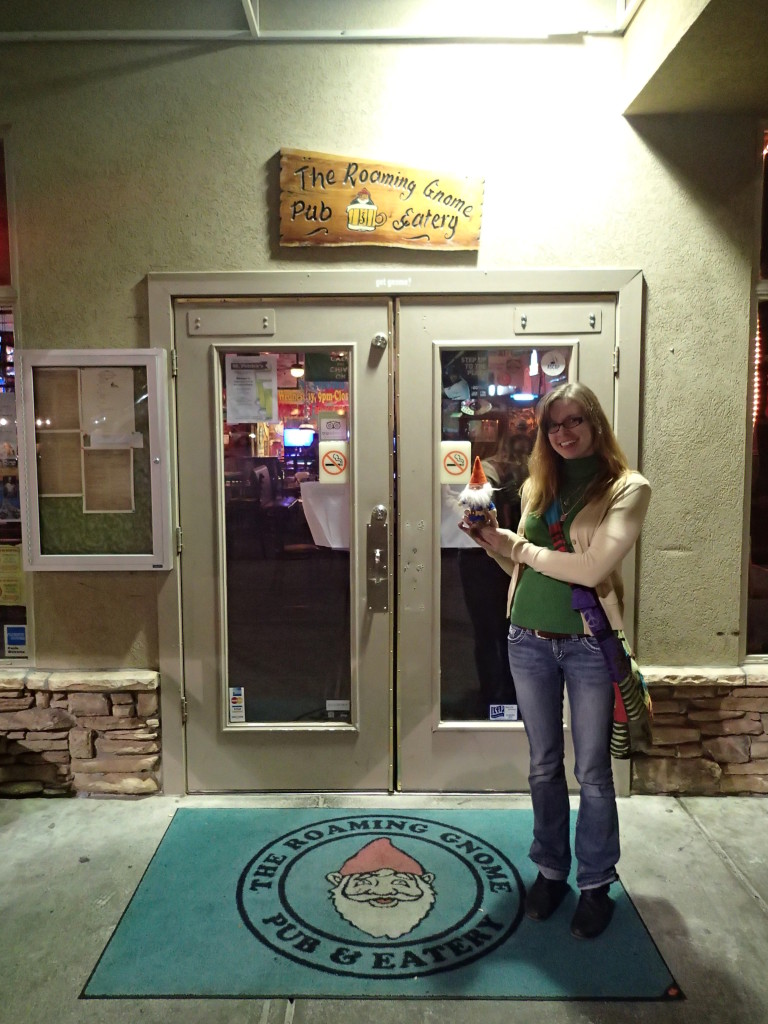
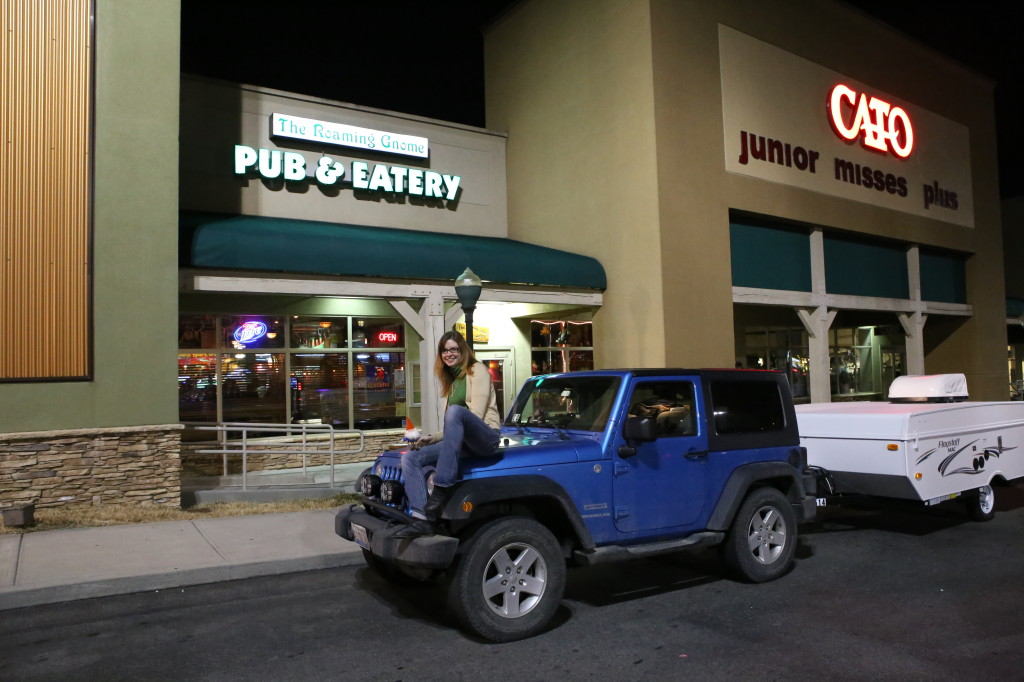


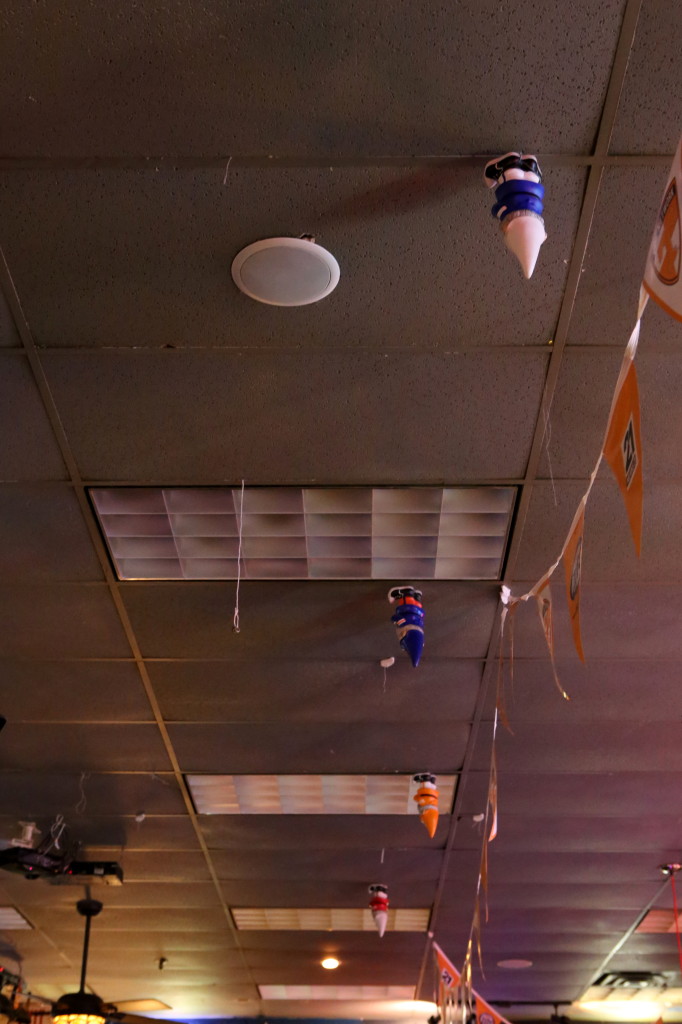




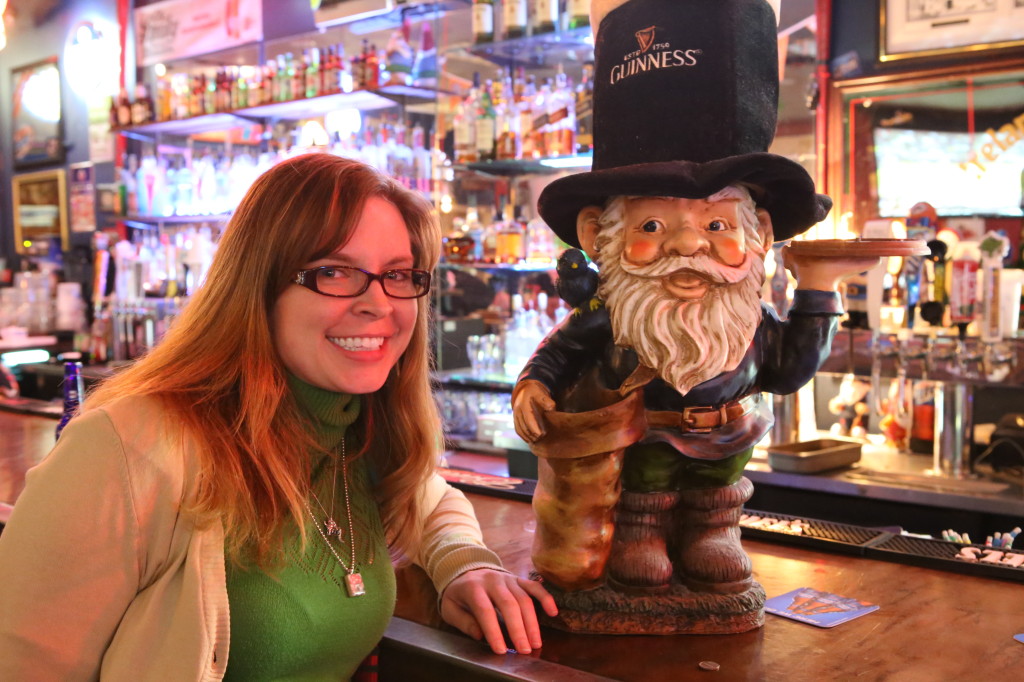

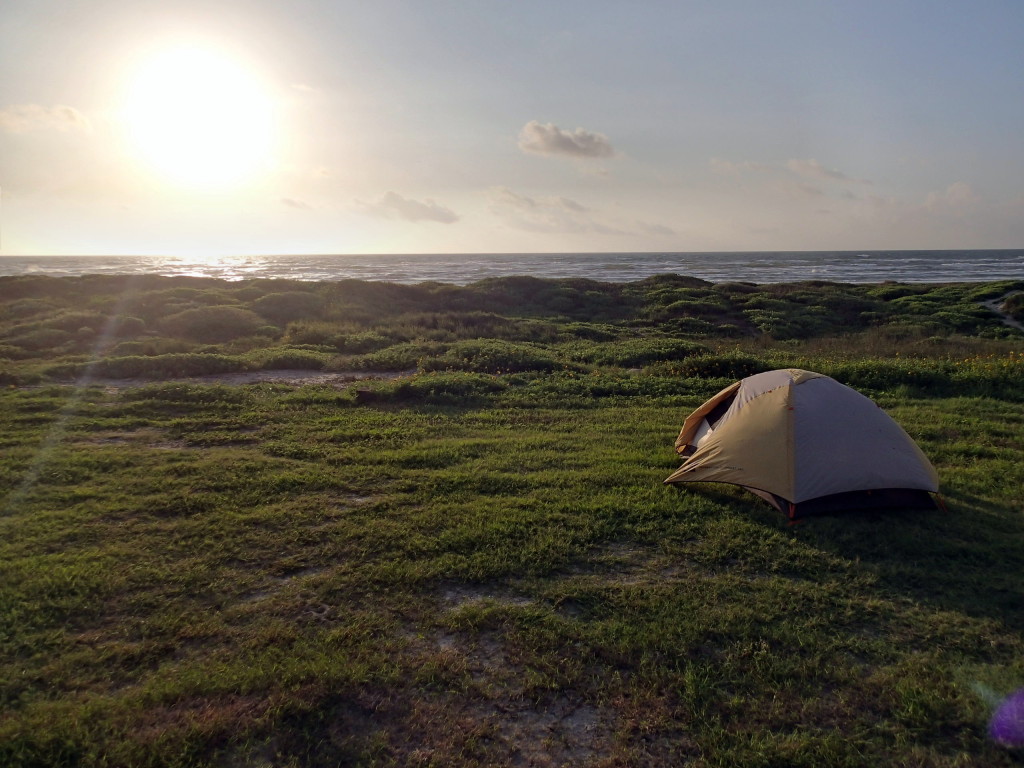


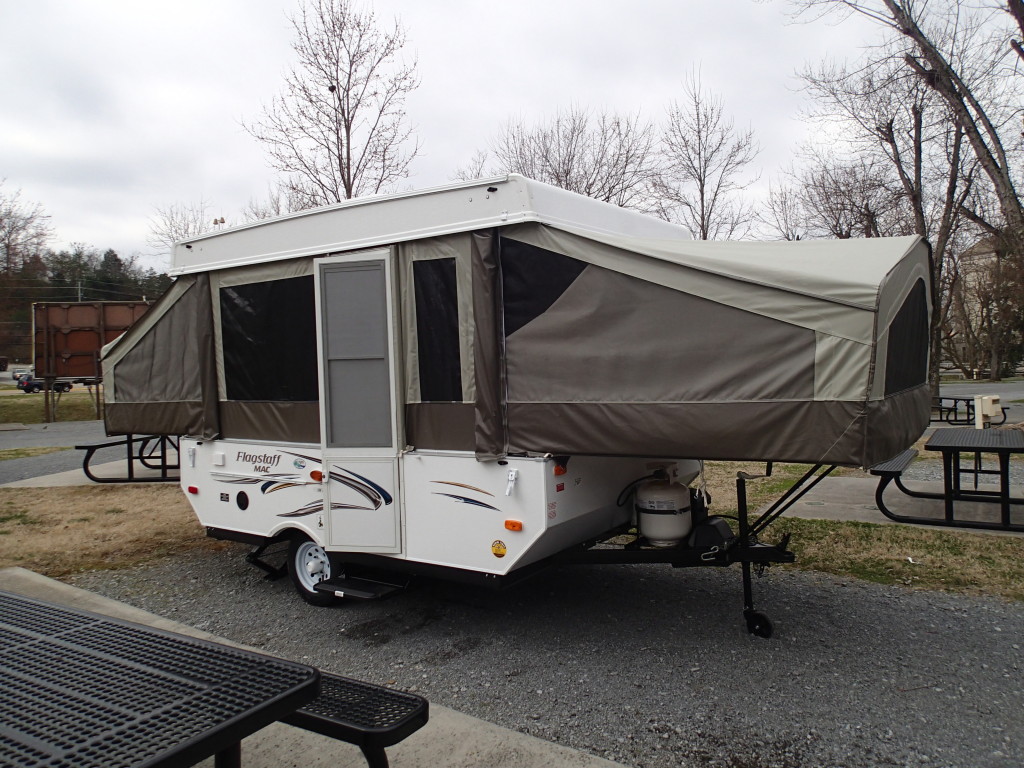
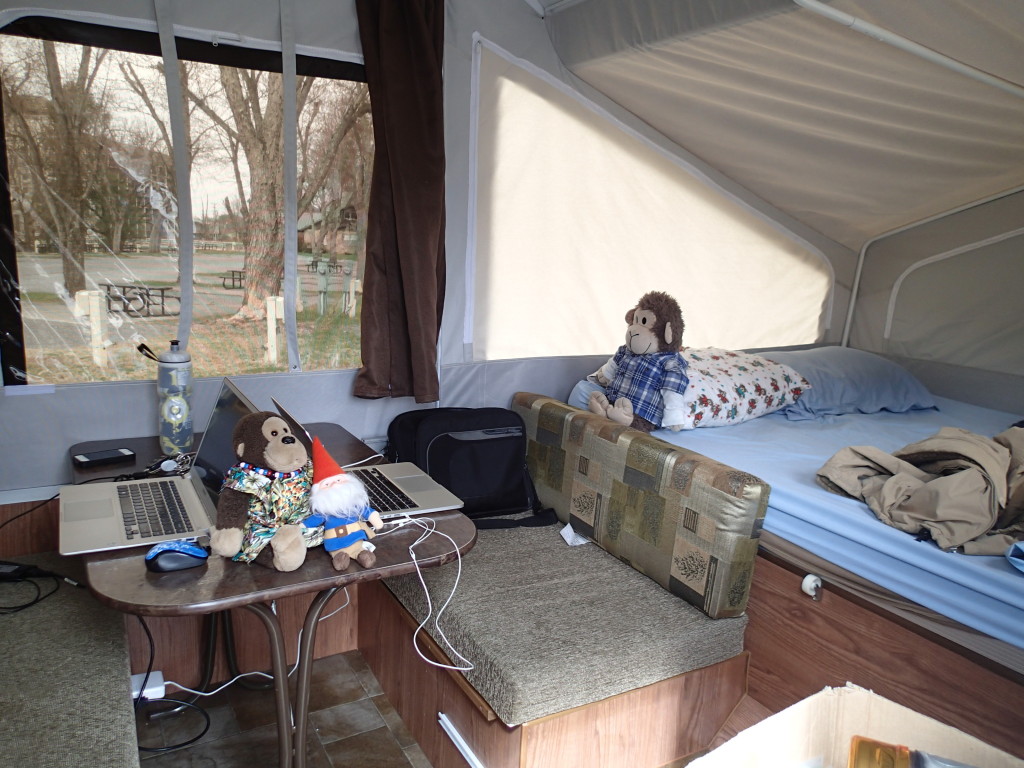
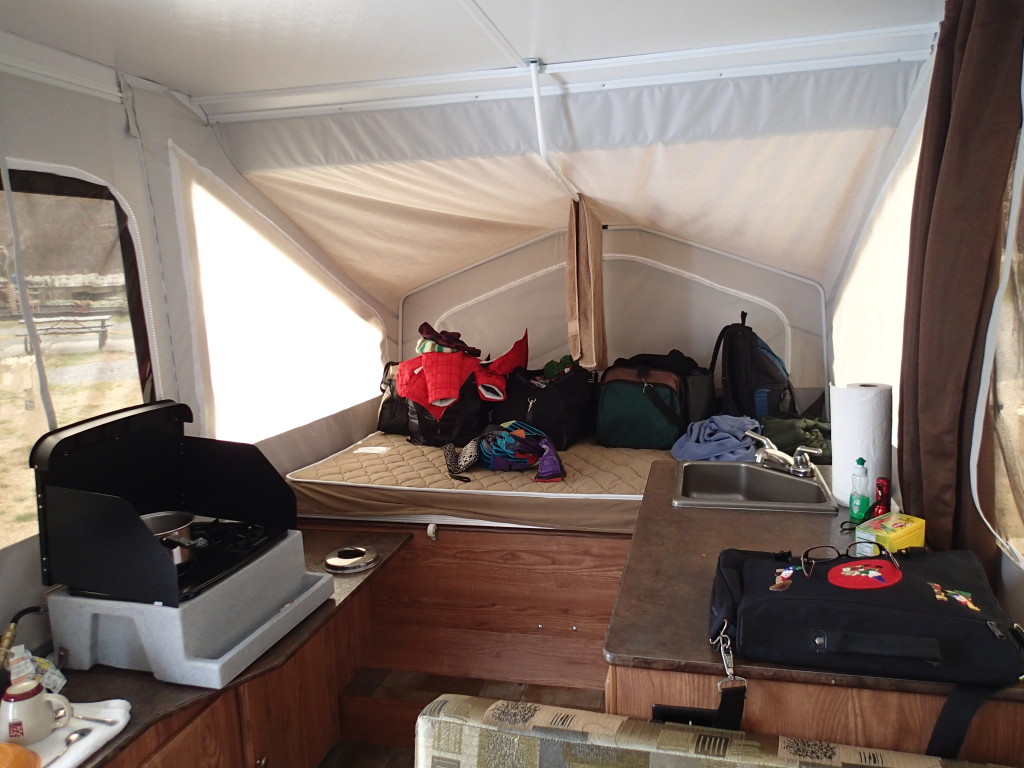
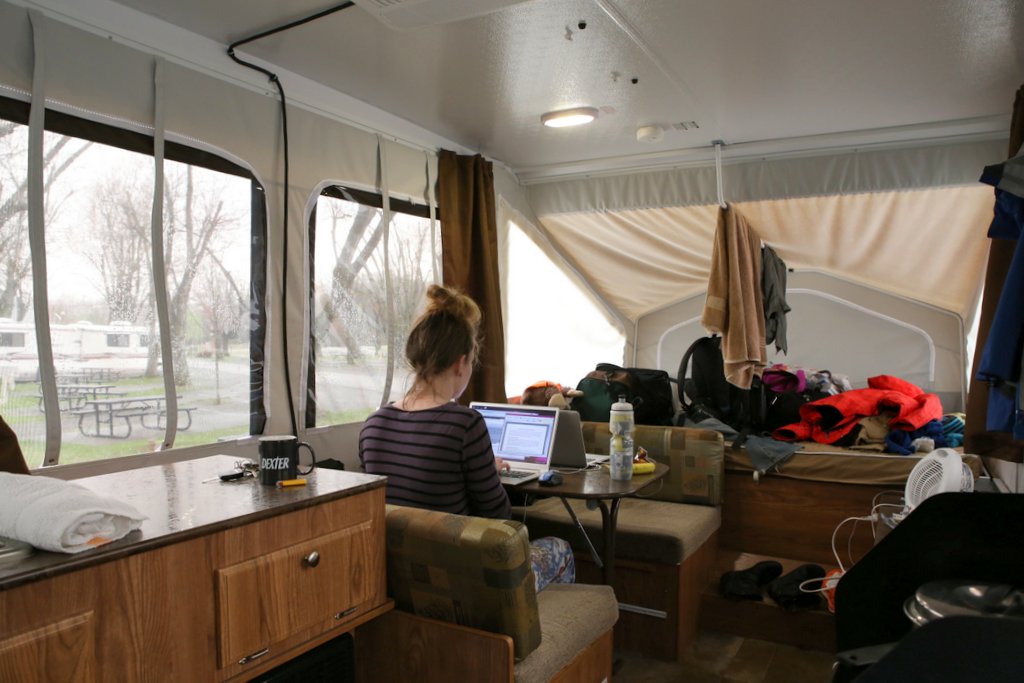








![IMG_0602[1]](http://www.alyssavnature.com/wp-content/uploads/2013/05/IMG_06021-300x225.jpg)
![IMG_0601[1]](http://www.alyssavnature.com/wp-content/uploads/2013/05/IMG_06011-300x225.jpg)
